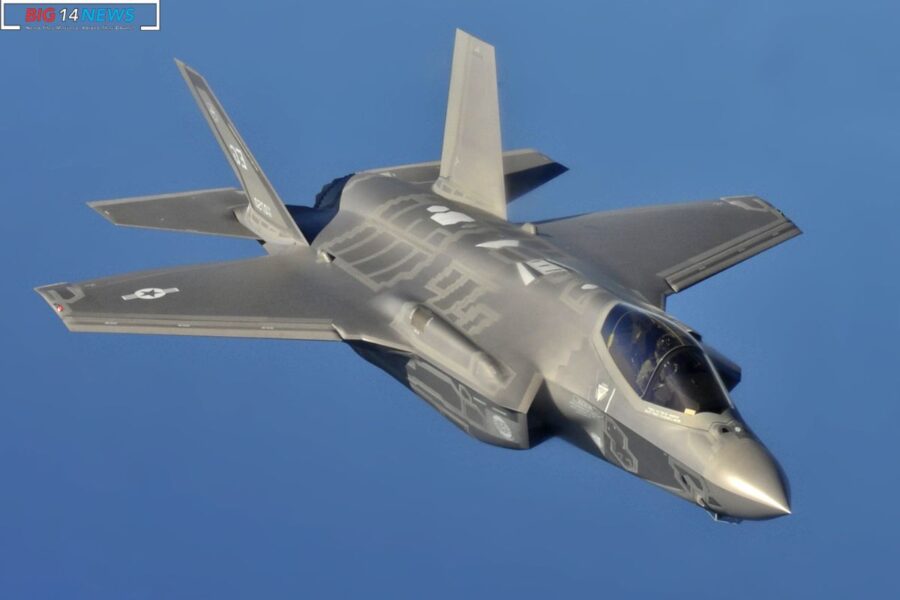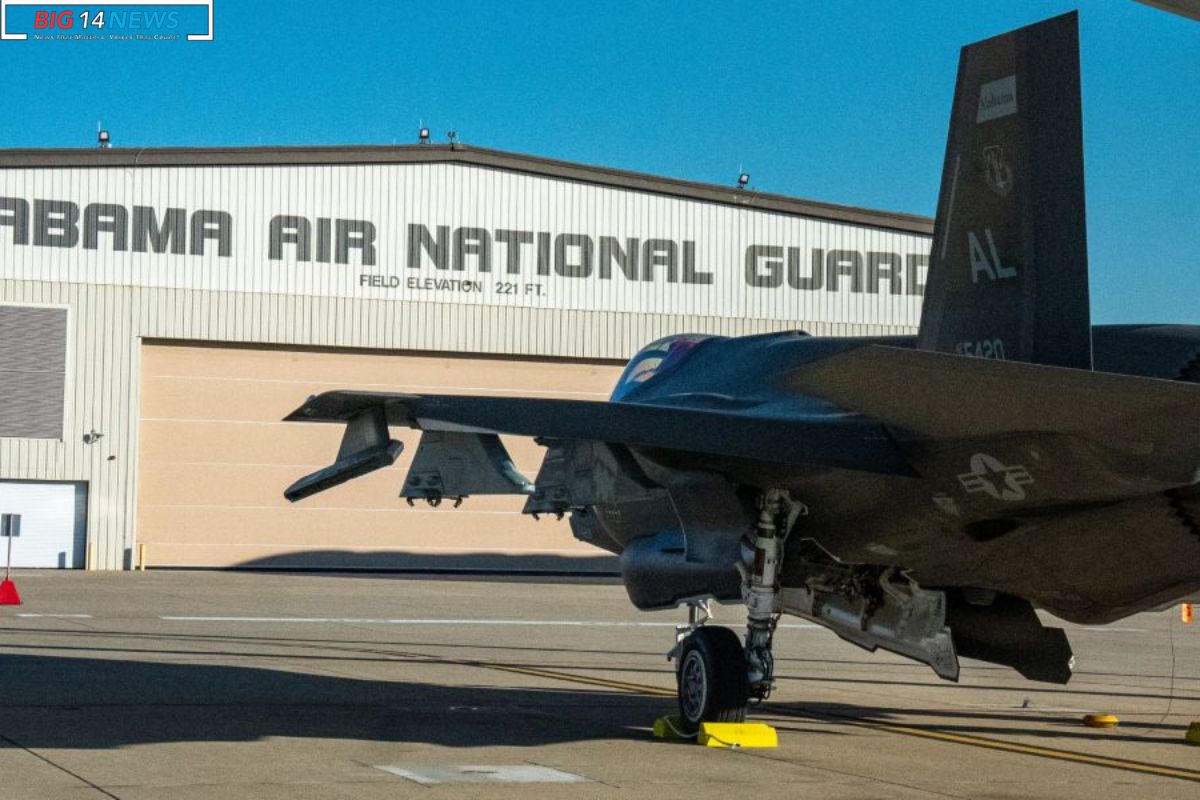Red Tails Welcomes Inaugural Trio of F-35A: On December 5, 2023, the 187th Fighter Wing welcomed three F-35A Lightning II fighter jets to Dannelly Field, Alabama. 1st Lt. Michael Luangkhot, from the 187th Fighter Wing Public Affairs, reported the historic event in the article “F-35s arrive at Dannelly Field,” marking the Red Tails as the third Air National Guard (ANG) unit transitioning to fifth-generation fighter aircraft.
The most recent fifth-generation capabilities have arrived after more than ten years of painstaking planning and preparation on the part of the committed personnel of the 187th Fighter Wing and the state of Alabama.
Pilot Lt. Col. Richard Peace of the 187th Fighter Wing acknowledged the privilege of being among the first to bring home an F-35 and emphasized his dedication to carrying on the Tuskegee Airmen’s heritage. Maj. Bart Smith, a weapons instructor with the 187th Fighter Wing, emphasized how the F-35 has revolutionized the unit’s commitment to U.S. airpower.
The arrival of the F-35s signifies a shift in the 187th’s role, with Maj. Bart Smith acknowledging the aircraft’s remarkable capabilities. He stressed that what truly sets the 187th apart is not just the aircraft but the Airmen who equip, maintain, and fly it.
In recent years, over 33 core cadre maintainers and support personnel underwent rigorous training in external locations, preparing for the arrival of the fifth-generation aircraft. Capt. Bryon Townsend, the 187th Fighter Maintenance Groups director of operations, expressed gratitude for their dedication and emphasized their role as leaders for the home station.


READ MORE: Alabama Air National Guard Welcomes Three Cutting-Edge F-35 Fighter Jets
The unit is gearing up to receive a total of 20 F-35s over the next five years, with construction costs estimated at approximately $112 million. The wing is anticipated to be fully operational by 2026.
In a nod to history, the 100th Fighter Squadron, renumbered from the 160th Fighter Squadron in 2007, pays tribute to the legacy of the World War II Tuskegee Airmen, also known as the Red Tail Flyers. The Tuskegee Airmen, the first black military aviators in the U.S. Army Air Corps, made an indelible mark on American aviation history.
During World War II, the Tuskegee Airmen flew over 15,000 sorties in Europe and North Africa, instilling confidence in bomber pilots with their distinctive red-tailed paint scheme. To honor their legacy, some F-16s in the 100th Fighter Squadron had their tails painted red.
Now, the F-35 Lightning II steps into this storied legacy, entrusted with continuing the Red Tail heritage and advancing the proud tradition of the 187th Fighter Wing.
Also Read: Senator Tuberville Calls Out on Guns and Immigrants
Our Reader’s Queries
What are the Red Tails in ww2 history?
Between May 1943 and June 1945, the Tuskegee Airmen completed over 15,000 sorties. Bomber crews frequently asked for the protection of these “Red Tails,” given to the Tuskegee fighter planes with their unique deep red painted tails. A total of 66 Tuskegee Airmen lost their lives in combat.
Where were the Red Tails stationed?
Under Davis’ leadership, the 332nd relocated from Montecorvino Air Base near Salerno and Capodichino Air Field to their ultimate base at Ramitelli Air Field near Ancona. From there, they conducted missions over Sicily, the Mediterranean, North Africa, and eventually Germany, taking part in combat and bomber escort missions.
What planes did the Tuskegee Airmen fly?
The Bell P-39 Airacobra, Curtiss P-40 Warhawk, North American B-25 Mitchell, North American P-51 Mustang, and Republic P-47 Thunderbolt are all legendary aircraft with rich histories. Each plane has its own unique features and capabilities, making them stand out in the world of aviation. From the sleek design of the P-51 Mustang to the powerful presence of the P-47 Thunderbolt, these aircraft have made a lasting impact on the way we perceive air combat. Whether in the air or on display in a museum, these planes continue to capture the imagination of all who encounter them.

